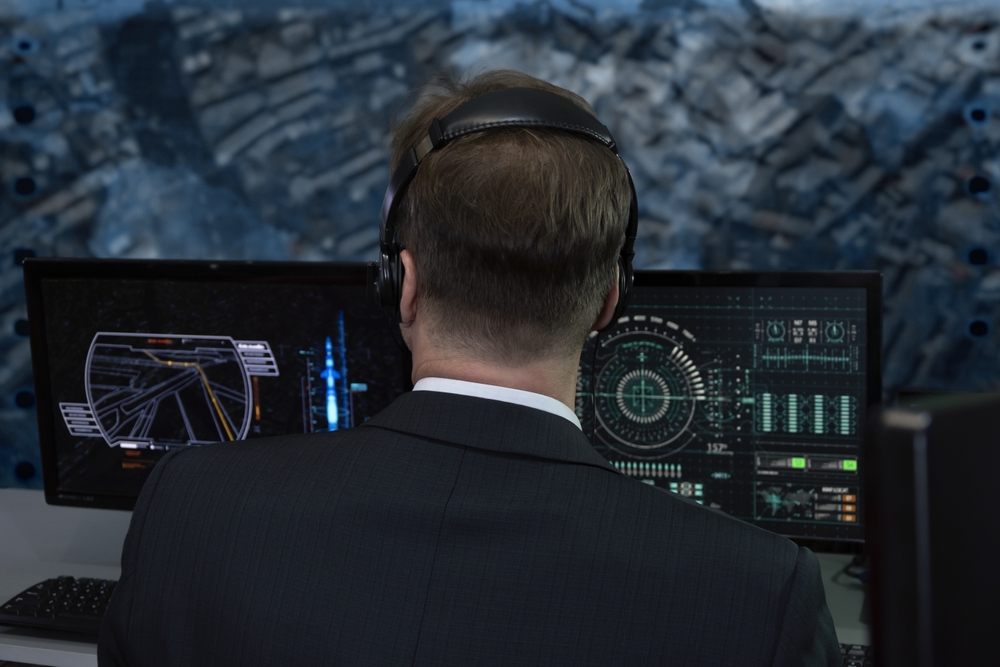
16 Jul The Enduring Relevance of Human Intelligence (HUMINT) in an Era of Technological Advancement
In the world of intelligence, Human Intelligence (HUMINT) stands as a fundamental pillar where both the intelligence officer and the target of intelligence activities are individuals. Although evolving technologies have elevated the importance of technical intelligence fields like signal and image intelligence, the enduring relevance of HUMINT should not be underestimated.
The core mission of intelligence operations remains to provide decision-makers with insights into the operational environments of their targets or adversaries. The intelligence process typically involves collection, processing, dissemination, and direction. During the direction phase, information requests are received, collection strategies are formulated, and comprehensive background research is conducted to enhance understanding of the subject matter. Collection involves the retrieval of intelligence data from various sources following the established plan, with adjustments made as the mission progresses. Data is then categorized and transformed into actionable information during the processing phase, facilitating assessments about the subject’s current status and trends. Ultimately, the knowledge produced during the process is presented to decision-makers in a clear and influential manner. (Smith and Brooks 2013; McDowell 2009.)
Human Intelligence is inherently reliant on human interactions. Intelligence officers may operate overtly under diplomatic or military covers, or covertly under false identities. While legal HUMINT operations are conducted openly to further a nation’s interests, covert HUMINT often involves gathering information using deceptive identities and, occasionally, ethically ambiguous methods. (McDowell 2009.)
Within the realm of HUMINT, an “agent” refers to an individual recruited by an intelligence agency to gather critical information. The recruitment process often begins with identifying potential agents based on their perceived value and motivations, including financial incentives, ideology, coercion, personal relationships, or ego. Subsequently, a recruitment strategy is tailored to exploit these motivations. Once officially engaged with the intelligence organization, the agent becomes the linchpin for collecting vital information. (Burkett 2013; Sano 2015.)
Michael Herman’s (1996) classic classification categorizes HUMINT into three main categories: passive, active, and targeted. Passive collection occurs during everyday interactions with target individuals, often yielding generic background information. Active collection, driven by intelligence questions, targets individuals likely to possess valuable insights. Targeted HUMINT is the most focused, concentrating on high-value individuals, including recruited high-ranking agents, defectors, and double agents.
Despite the relentless march of technological progress, the NOTIONES project within the European Union reaffirms the enduring importance of HUMINT. This project fosters collaboration among civilian intelligence entities, research institutions, and technology providers. Its findings emphasize that, even with the advancements in other intelligence disciplines, HUMINT remains indispensable for proactive intelligence gathering, particularly through active and targeted operations. Amidst the rise of advanced technologies, it is vital to acknowledge that HUMINT’s importance remains steadfast. While technology has transformed intelligence operations, the unique capabilities of human intelligence cannot be replaced by machines. Adapting to technological advancements while preserving the essence of HUMINT is crucial to ensure its continued prominence in the intelligence landscape.
Sources:
Burkett, R. (2013). Rethinking an Old Approach – An alternative Framework for Agent Recruitment: From MICE to RASCLS. Studies in Journal, Vol 57, No. 1.
Herman, M. (1996) Intelligence Power in Peace, and War. Cambridge University Press.
McDowell, C. R. (2009). The art and science of military deception. Artech House.
Sano, J. (2015). Guide to the Study of Intelligence: The Changing Shape of HUMINT. Intelligencer Journal, (Vol. 21, No. 3) United States.
Smith, S. E., & Brooks, C. (2013). The process of intelligence analysis: An integrated approach. Rowman & Littlefield Publishers.
Autor(s): Pasi Hario, Laurea University of Applied Sciences (LAU)




